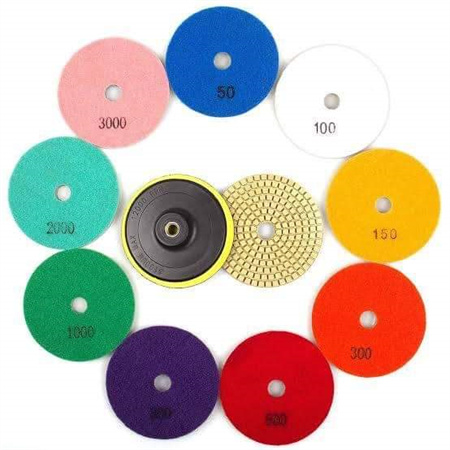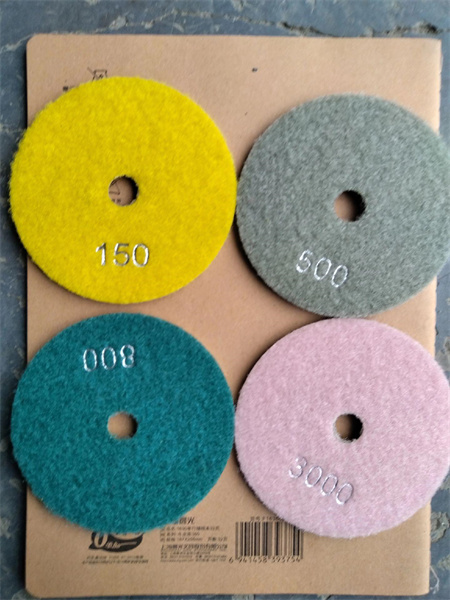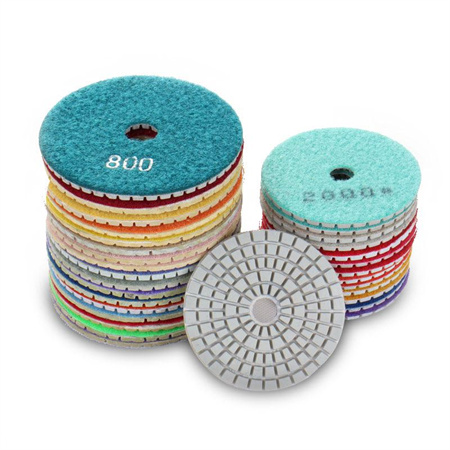Understanding the Raw Materials Used in Diamond Polishing Pads
Diamond polishing pads are essential tools for achieving a high-quality finish on various surfaces, including stone, concrete, and ceramics. To understand their effectiveness, it’s important to explore the raw materials that make these pads such powerful tools in the polishing industry. At the core of each pad lies a combination of diamond particles and a specially designed matrix, which works together to deliver precise, smooth finishes.

The matrix is the next key component that binds the diamonds together. Made from a variety of materials such as resin, metal, or ceramic, the matrix serves as the base material that holds the diamonds in place while controlling the release of the abrasive. The choice of matrix material directly influences the pad’s performance, durability, and the type of surface it is best suited for. For instance, resin-bonded pads are commonly used for polishing softer materials, while metal-bonded pads are ideal for tougher surfaces like granite and concrete. The composition of the matrix also affects how much heat the pad generates during the polishing process, impacting both the lifespan of the pad and the quality of the finish.

As the demand for high-quality polished surfaces grows worldwide, understanding the raw materials that make up diamond polishing pads is essential for both manufacturers and users. These materials work together in perfect harmony to produce tools that can tackle even the toughest polishing jobs, ensuring that surfaces achieve a flawless finish. By using the best diamonds, matrices, and bonding agents, manufacturers can create polishing pads that stand the test of time and deliver exceptional results every time.
